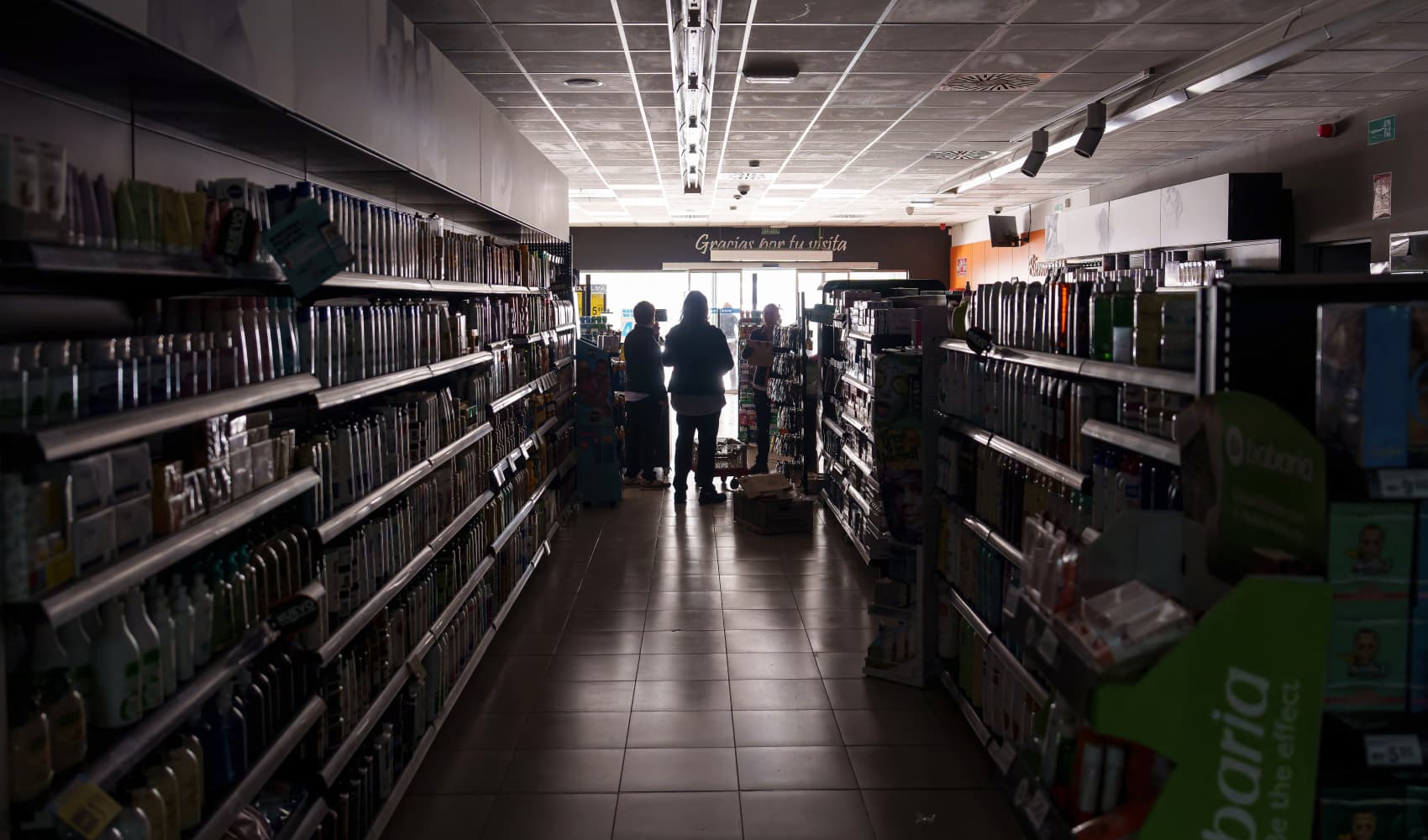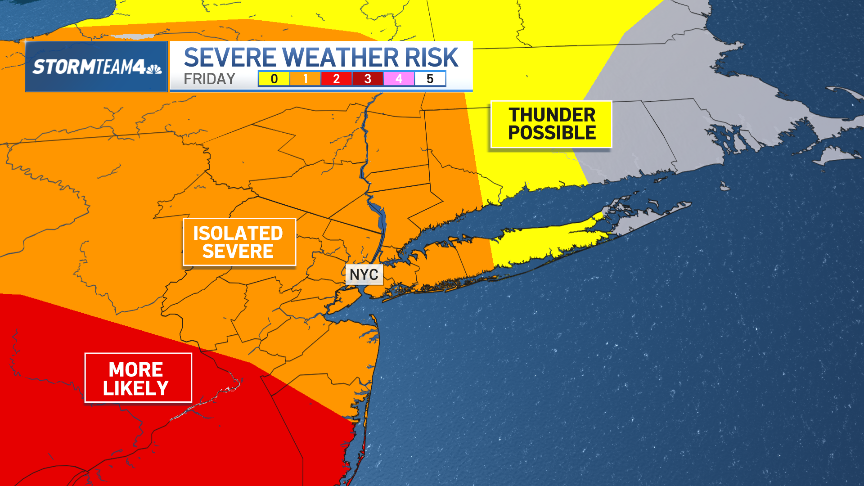Spain Blackout: Power Almost Back, Causes Still Unknown
Spain Plugs Back In: Unraveling Europe's Shocking Blackout
Introduction: Darkness Falls, Lights Rise Again
Ever experienced that heart-stopping moment when the lights suddenly go out? Imagine that feeling multiplied across an entire country. That's precisely what happened in Spain and Portugal recently, as a widespread blackout plunged cities into darkness and brought daily life to a grinding halt. But fear not, the power is back on – almost. Early Tuesday morning saw Spain's energy demand nearly 99% restored, according to Red Eléctrica, the country's electricity operator. However, the mystery surrounding the cause of this colossal power outage remains.
Spain's Power Grid: A Complex Network
Think of Spain's power grid as a giant, intricate spiderweb, with power plants as the spiders and transmission lines as the threads. This web carries electricity across vast distances, connecting generators to homes and businesses. Red Eléctrica acts as the central nervous system, monitoring and managing the flow of power to ensure stability. But what happens when a critical thread snaps?
Understanding the Interconnectedness
Europe's power grids are interconnected, meaning that power can be shared between countries. This offers benefits like increased reliability and access to diverse energy sources. However, it also means that a problem in one country can quickly spread to others, like a domino effect. Did this interconnectedness play a role in the Spanish blackout?
The Blackout's Impact: A Nation in the Dark
The blackout wasn't just a minor inconvenience. It was a major disruption that impacted nearly every aspect of life. Consider these consequences:
- Grounded Flights: Airports became temporary campgrounds as flights were cancelled or delayed.
- Paralyzed Metro Systems: Commuters were stranded underground, relying on emergency services.
- Disrupted Communications: Mobile networks faltered, making it difficult to contact loved ones.
- ATM Shutdowns: Access to cash became limited, adding to the sense of unease.
Imagine the Sagrada Familia in Barcelona, normally illuminated, disappearing into the inky blackness. That was the reality for many residents on Monday night.
Unraveling the Mystery: What Caused the Blackout?
The million-dollar question: what triggered this massive outage? While investigations are underway, several potential causes are being considered.
Possible Causes: System Overload
Could the system have been overloaded? With high demand during peak hours, a sudden surge in usage could have overwhelmed the grid, leading to a cascading failure. It's like trying to force too much water through a pipe – eventually, something has to give.
Possible Causes: Equipment Failure
Mechanical failures are always a possibility. A critical component in a power plant or transmission substation could have malfunctioned, triggering a chain reaction. Think of a single faulty cog in a complex machine – it can bring the entire system to a halt.
Possible Causes: External Factors
External factors like cyberattacks, extreme weather events, or even sabotage could also be to blame. The investigation must consider all possibilities, no matter how remote they may seem.
Red Eléctrica's Response: Restoring Power
Red Eléctrica acted swiftly to restore power, prioritizing critical infrastructure like hospitals and emergency services. Their efforts involved rerouting power from unaffected areas, restarting power plants, and carefully managing demand. Their success in restoring 99% of energy demand within a relatively short timeframe is a testament to their expertise.
The Importance of Grid Resilience
This blackout underscores the importance of grid resilience – the ability of the power grid to withstand and recover from disruptions. This includes investing in modern infrastructure, implementing robust security measures, and developing contingency plans for various scenarios.
The Aftermath: Lessons Learned
Every crisis offers an opportunity to learn and improve. What lessons can be gleaned from this widespread blackout?
Improving Infrastructure
Upgrading aging infrastructure is crucial. Outdated equipment is more prone to failure and less efficient. Investing in smart grid technologies can also enhance monitoring and control capabilities.
Enhancing Security
Cybersecurity must be a top priority. Protecting the grid from cyberattacks is essential to prevent future disruptions. This requires constant vigilance and proactive measures to identify and mitigate vulnerabilities.
Strengthening International Collaboration
Given the interconnectedness of European power grids, closer collaboration between countries is vital. Sharing information, coordinating responses, and developing joint strategies can help prevent and mitigate future blackouts.
The Consumer Perspective: Adapting to Power Outages
As consumers, what can we do to prepare for power outages? Here are some practical tips:
- Keep Emergency Supplies: Flashlights, batteries, non-perishable food, and water are essential.
- Charge Devices: Keep your phone and other devices fully charged. Consider investing in a portable power bank.
- Know Your Neighbors: Check on elderly or vulnerable neighbors during a blackout.
- Unplug Electronics: Protect your appliances from power surges when the electricity returns.
A little preparation can go a long way in making a blackout less stressful.
Renewable Energy's Role: A Brighter Future?
Could renewable energy sources like solar and wind play a role in preventing future blackouts? Diversifying energy sources can reduce reliance on centralized power plants and increase grid resilience. Imagine a future where distributed renewable energy systems provide backup power during outages.
The Challenges of Renewable Integration
However, integrating renewable energy into the grid also presents challenges. The intermittent nature of solar and wind power requires sophisticated grid management techniques and energy storage solutions.
The Economic Impact: Quantifying the Losses
Blackouts have a significant economic impact, disrupting businesses, halting production, and costing millions of euros. A thorough assessment of the economic losses resulting from this blackout is essential to justify investments in grid modernization and resilience.
Looking Ahead: A More Secure Power Grid
The Spanish blackout serves as a wake-up call. It highlights the vulnerability of modern power grids and the importance of investing in resilience, security, and innovation. By learning from this experience, we can build a more secure and reliable energy future.
Conclusion: Power Restored, Questions Remain
While power has been almost fully restored in Spain, the investigation into the cause of the blackout is just beginning. Key takeaways include the need for improved grid infrastructure, enhanced cybersecurity, and stronger international collaboration. The incident underscores the importance of grid resilience and the potential role of renewable energy in creating a more secure and sustainable energy future. It’s a reminder that even in our highly connected world, something as fundamental as electricity can be surprisingly fragile.
Frequently Asked Questions
- What caused the widespread blackout in Spain and Portugal?
The exact cause is still under investigation, but potential factors include system overload, equipment failure, and external factors like cyberattacks.
- How quickly was power restored after the blackout?
According to Red Eléctrica, more than 99% of energy demand in Spain had been restored by 6:30 a.m. the following morning.
- What impact did the blackout have on transportation?
The blackout grounded flights, paralyzed metro systems, and disrupted train services, leaving many travelers stranded.
- What steps can individuals take to prepare for future power outages?
Individuals can prepare by keeping emergency supplies, charging devices, knowing their neighbors, and unplugging electronics during outages.
- What is being done to prevent similar blackouts from happening again?
Efforts are being made to improve grid infrastructure, enhance cybersecurity, strengthen international collaboration, and diversify energy sources.


